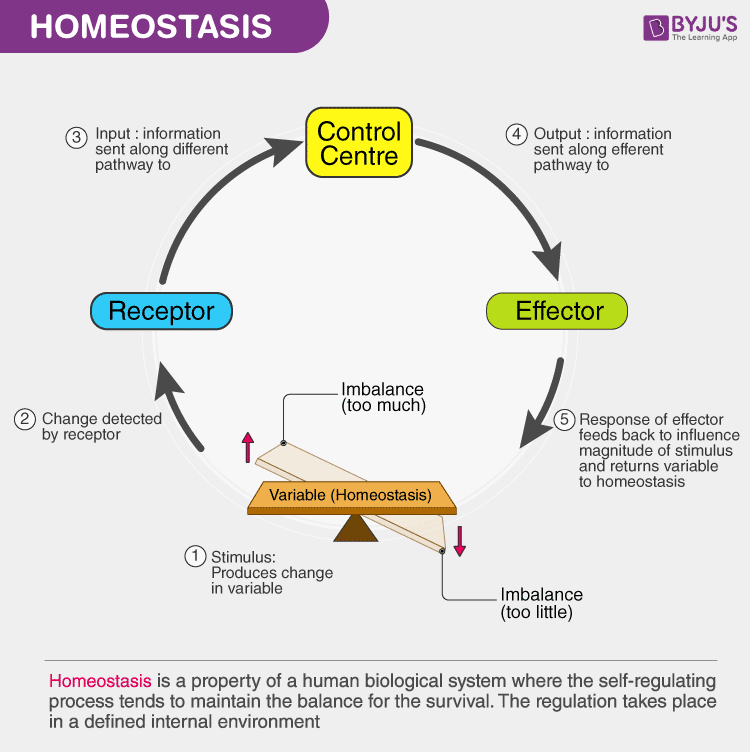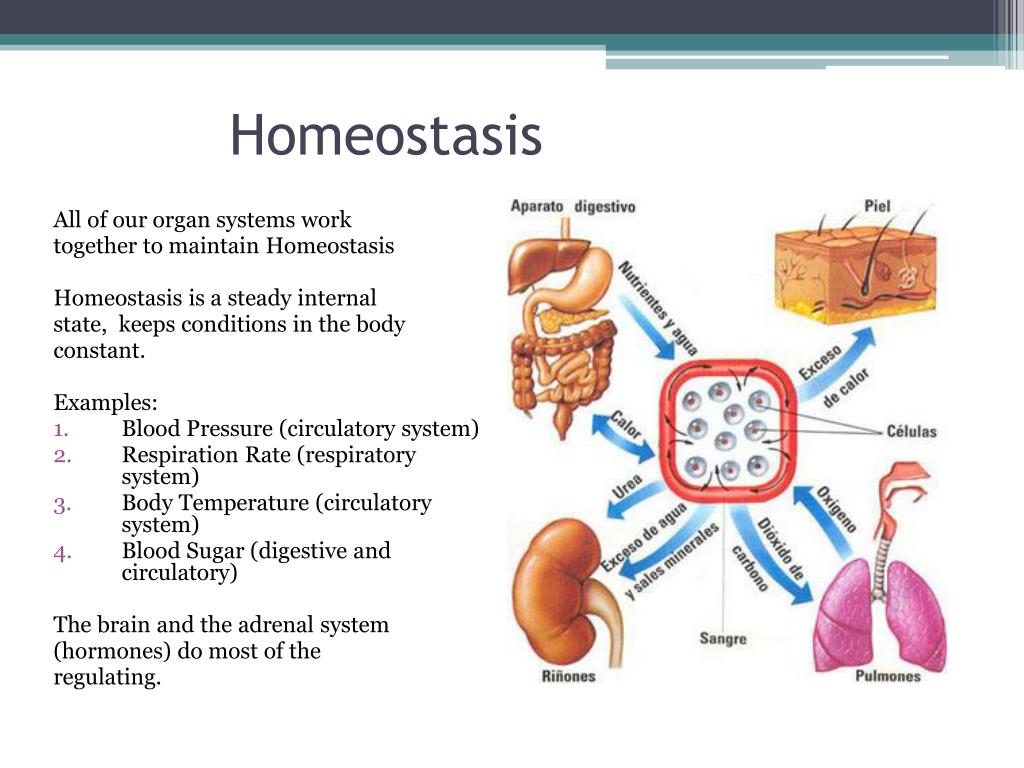Which Characteristic Of Life Best Describes The Process Of Homeostasis
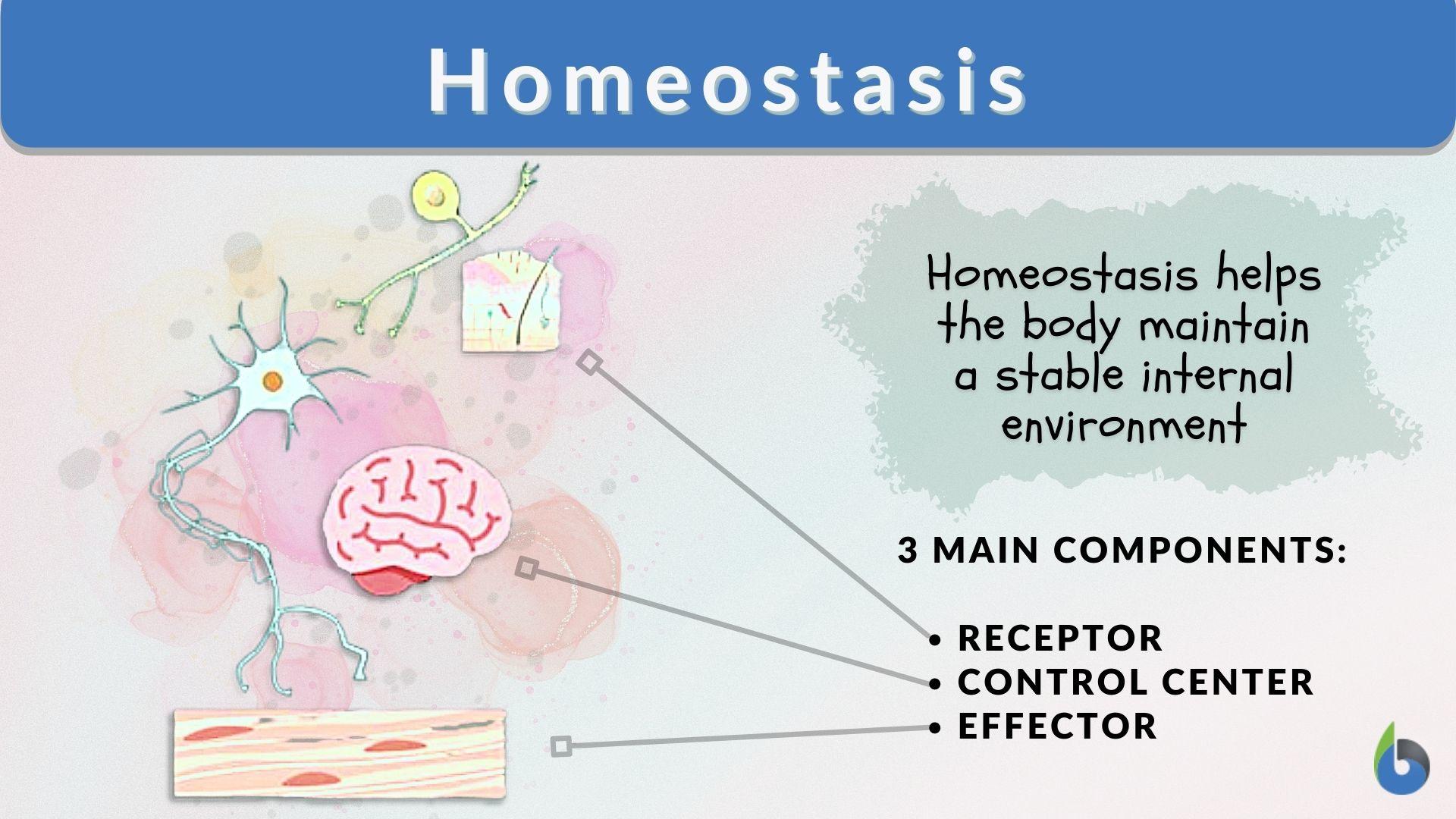
In the intricate dance of life, organisms are constantly striving for balance. This equilibrium, known as homeostasis, is a fundamental principle that underpins the survival of all living things. But which characteristic of life best encapsulates this crucial process?
This article will delve into the complexities of homeostasis and explore its relationship to the broader characteristics of life, drawing upon scientific understanding and expert insights to determine which characteristic most accurately reflects the essence of this vital phenomenon.
Understanding Homeostasis: The Foundation of Life
Homeostasis, derived from the Greek words "homeo" meaning "same" and "stasis" meaning "standing still," refers to the ability of an organism to maintain a stable internal environment despite changes in external conditions. This dynamic equilibrium is essential for cells to function properly and for organisms to thrive.
Key aspects of homeostasis include regulating body temperature, maintaining pH balance, controlling blood sugar levels, and managing fluid and electrolyte concentrations. Failures in these regulatory mechanisms can lead to disease and even death.
The human body, for instance, employs a complex network of feedback loops to maintain its core temperature around 98.6°F (37°C). When body temperature rises, the body sweats to dissipate heat, and blood vessels dilate to increase heat loss. Conversely, when body temperature drops, shivering generates heat, and blood vessels constrict to conserve warmth.
The Characteristics of Life: A Framework for Understanding
To understand which characteristic of life best describes homeostasis, it's crucial to first define these characteristics. Generally accepted characteristics of life include organization, metabolism, growth, adaptation, response to stimuli, reproduction, and homeostasis itself.
Organization refers to the ordered structure of living things, from cells to tissues to organs. Metabolism encompasses all the chemical processes that occur within an organism. Growth involves an increase in size or cell number. Adaptation is the process by which organisms evolve to better suit their environment.
Response to stimuli is the ability of organisms to react to changes in their surroundings. Reproduction is the process of creating new organisms. And, of course, homeostasis is the maintenance of a stable internal environment.
The Contenders: Which Characteristic Reigns Supreme?
While homeostasis is a characteristic of life in its own right, its essence is deeply intertwined with other key characteristics. Let's examine some of the strongest contenders.
Response to Stimuli
Homeostasis fundamentally involves responding to stimuli. Fluctuations in temperature, blood sugar, or pH levels trigger physiological responses designed to restore balance.
"The response to stimuli is a crucial component of homeostasis," says Dr. Emily Carter, a professor of biology at the University of California, Berkeley. "Without the ability to detect and react to changes in the environment, an organism could not maintain a stable internal state."
Adaptation
While adaptation refers to long-term evolutionary changes, the capacity for homeostatic regulation can itself be an adaptation. Organisms that are better able to maintain internal stability are more likely to survive and reproduce in fluctuating environments.
For example, animals living in extremely cold environments have evolved physiological adaptations that enhance their ability to maintain body temperature, such as thicker fur and more efficient metabolic processes.
Metabolism
Metabolism provides the energy and building blocks necessary for maintaining homeostasis. Processes like cellular respiration and protein synthesis are essential for regulating internal conditions.
Metabolic pathways are tightly regulated to ensure that energy is produced and utilized efficiently, and that waste products are removed effectively, all of which contribute to maintaining a stable internal environment.
The Verdict: Adaptation's Evolutionary Embrace of Homeostasis
While response to stimuli and metabolism are intricately linked to homeostasis, the characteristic of adaptation ultimately provides the most encompassing framework for understanding this vital process. Homeostasis is not simply a static state; it is a dynamic and evolving capacity shaped by natural selection.
The ability to maintain homeostasis is, in itself, an adaptation. Organisms with more effective homeostatic mechanisms are better equipped to cope with environmental challenges and, therefore, more likely to thrive.
Therefore, adaptation, with its emphasis on the evolutionary development of traits that enhance survival, best describes the process of homeostasis. It encapsulates the long-term, inheritable changes that allow organisms to thrive in a variety of conditions through optimized internal regulation.
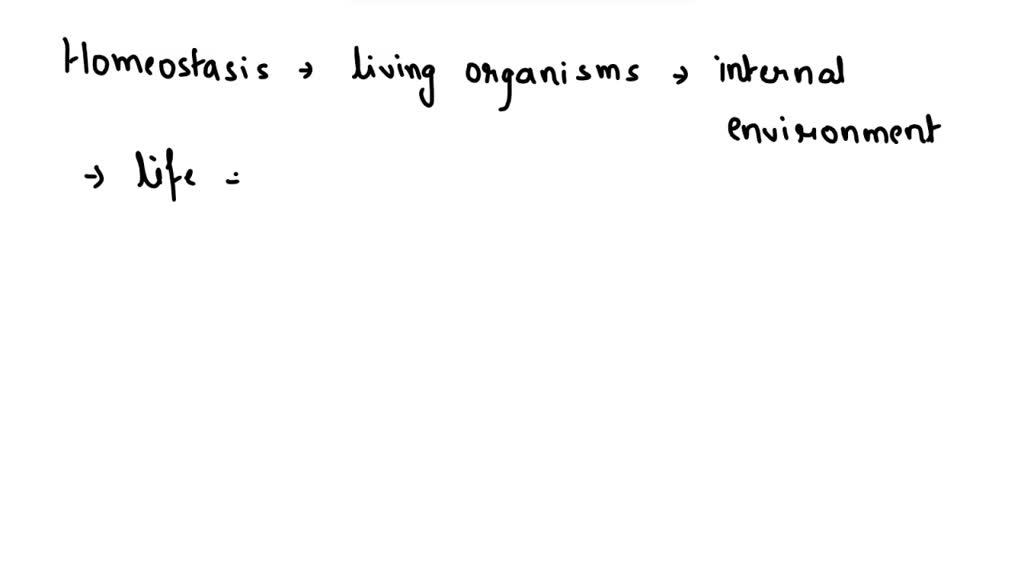




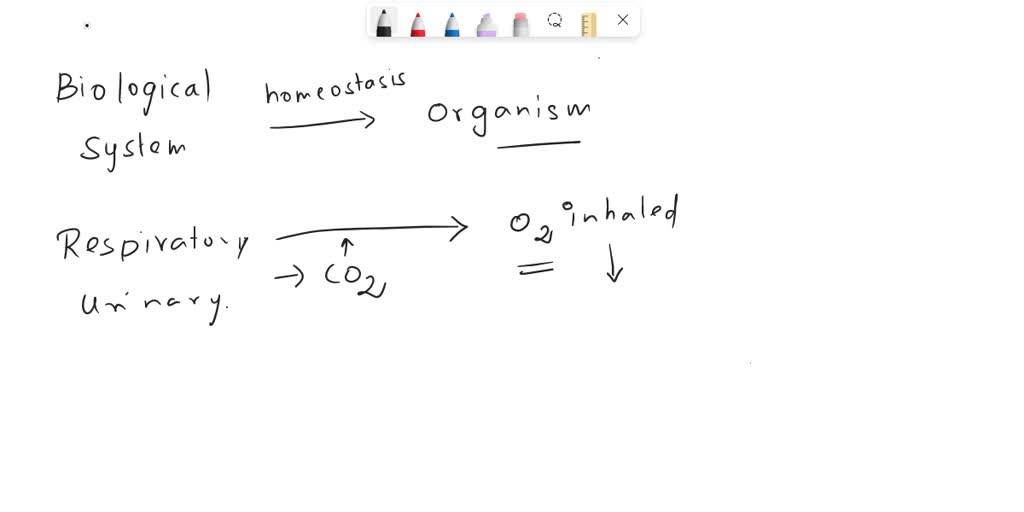
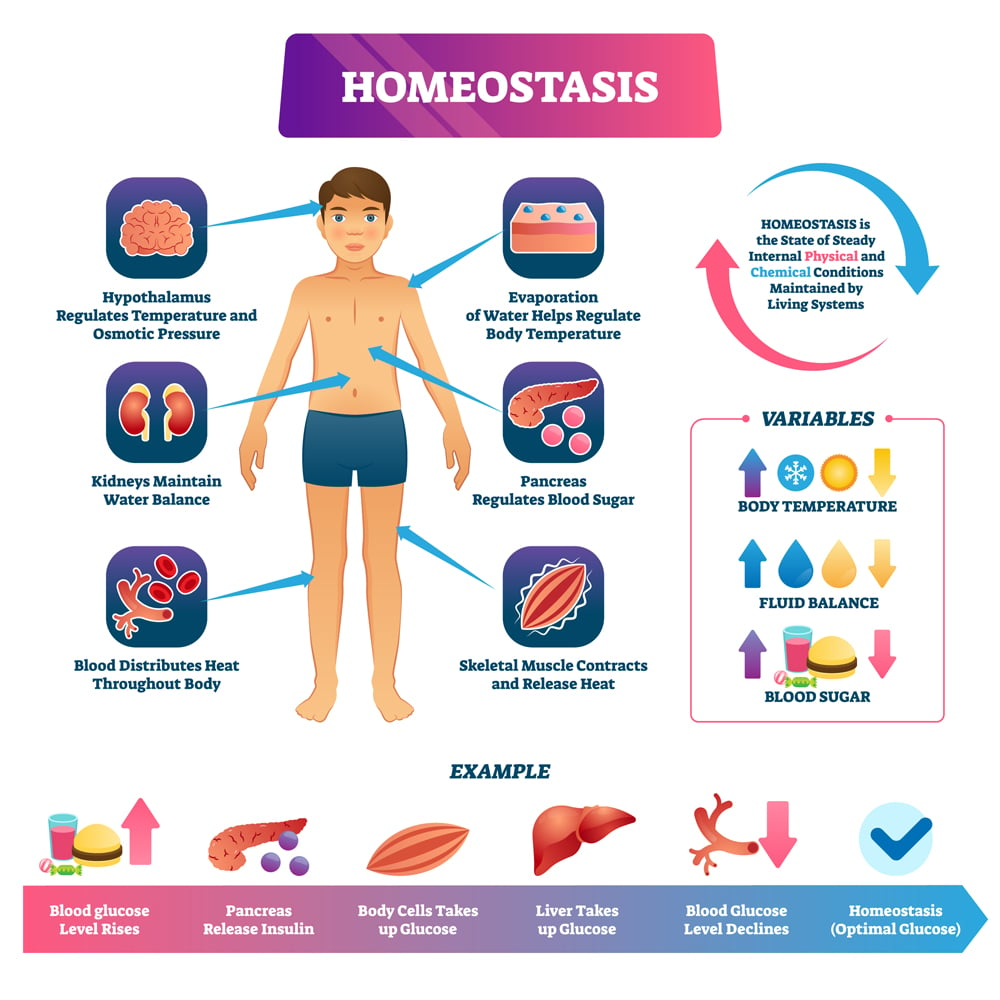



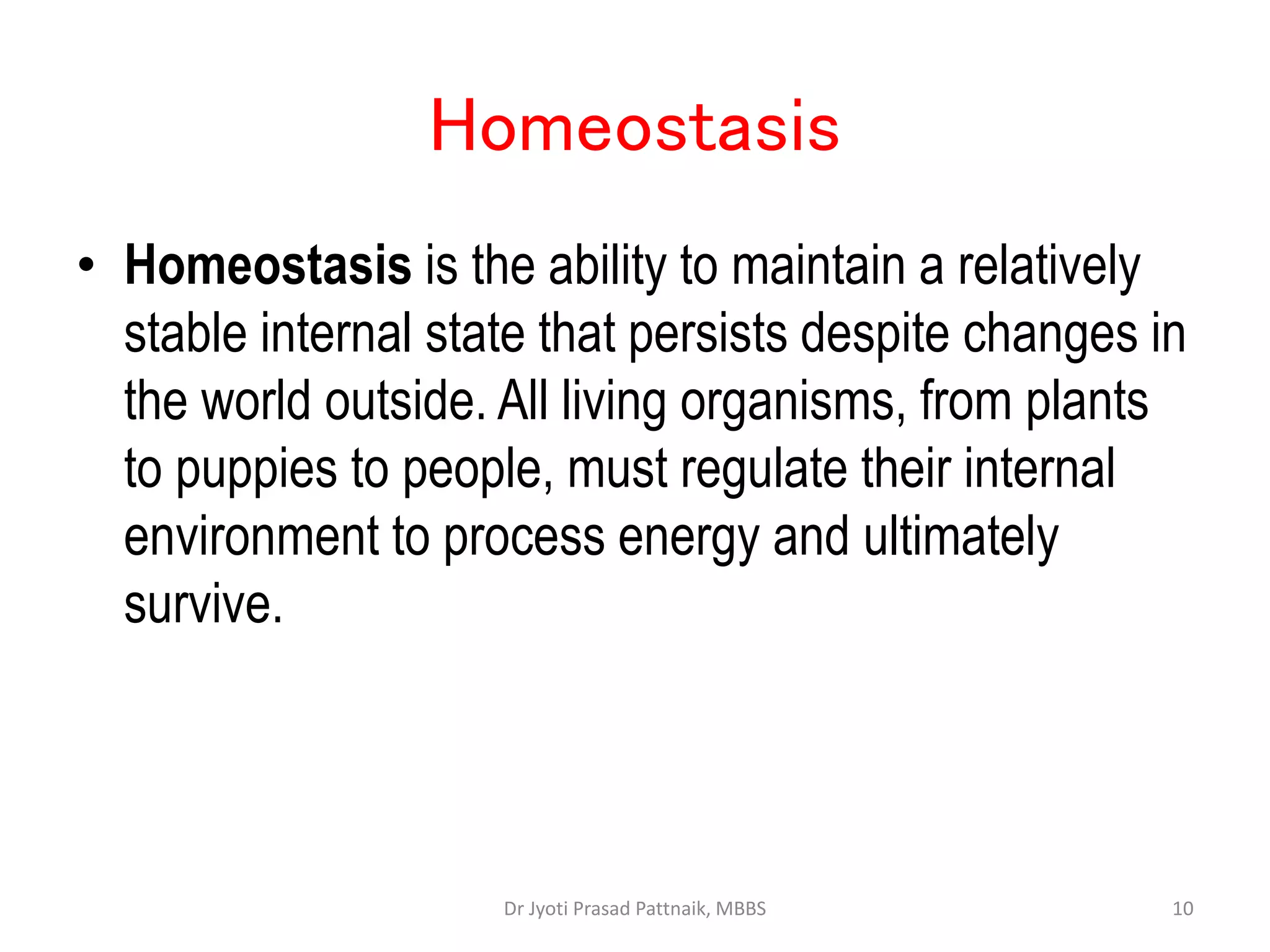
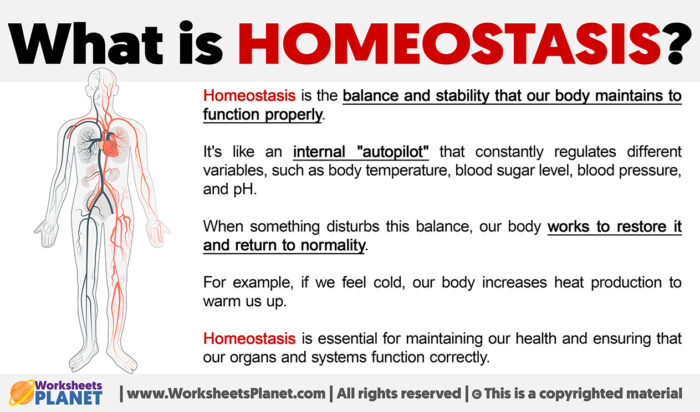

![Which Characteristic Of Life Best Describes The Process Of Homeostasis [Life Process Class 10] Why is Homeostasis important? - Biology](https://d1avenlh0i1xmr.cloudfront.net/large/e8414069-a51e-419b-a17c-de6cb8aeabb1/homeostasis----teachoo.jpg)
